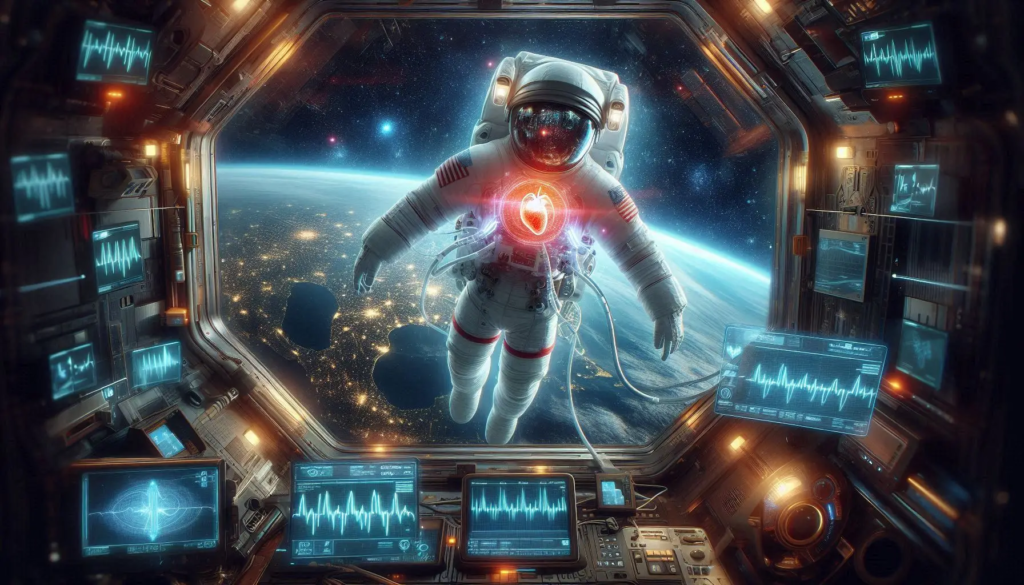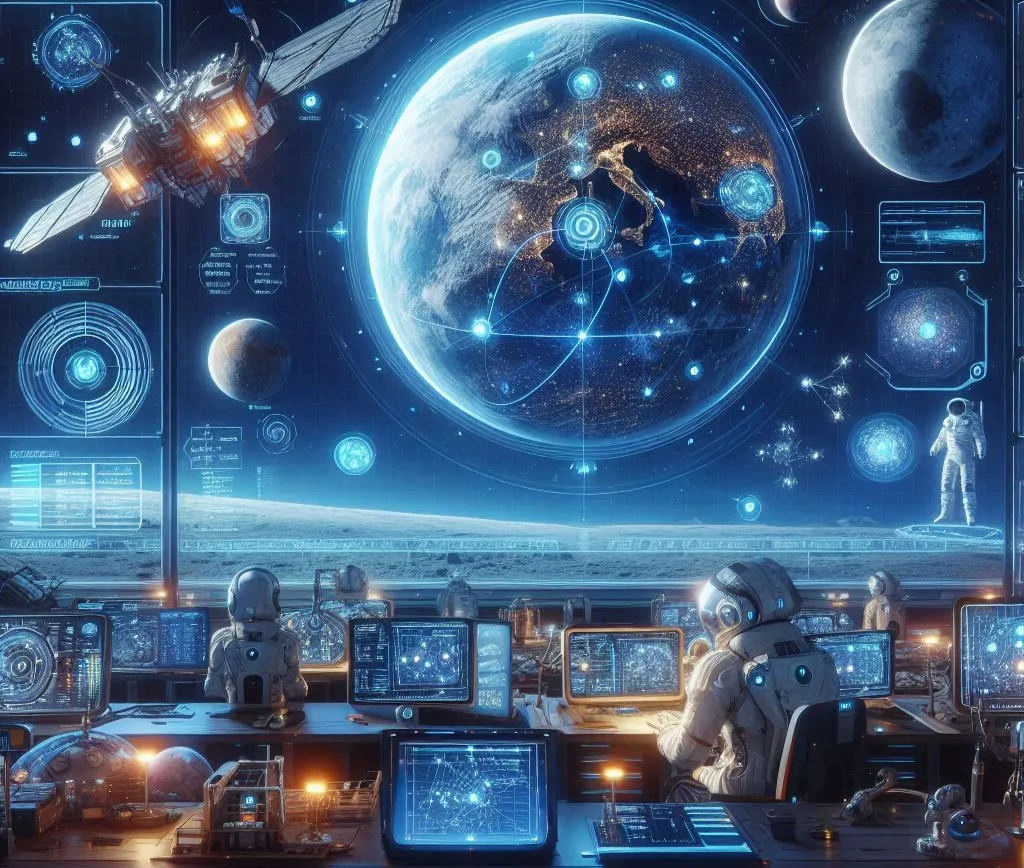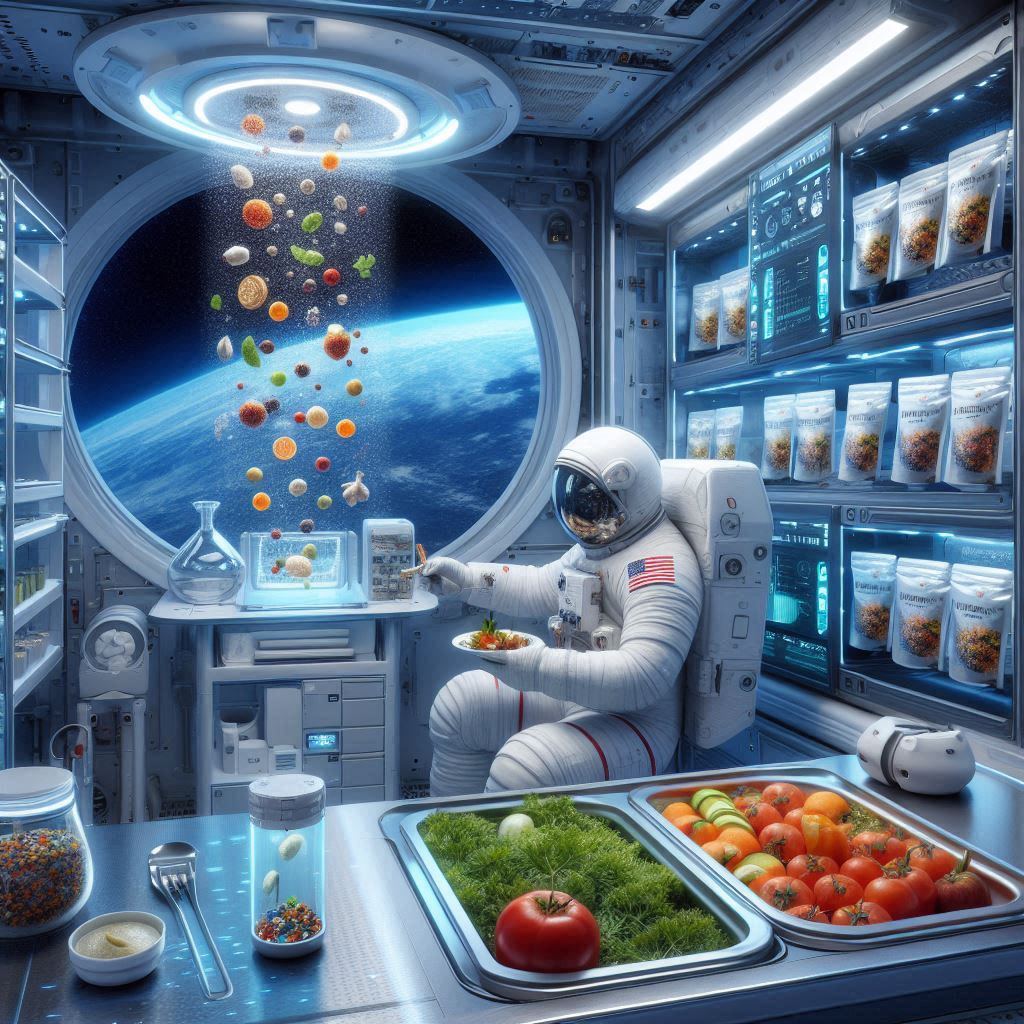🫀 Heartbeat in Space: Scientific Preparation Against
Arrhythmias Space travel is shaped not only by technology but also by the limits of human physiology. In a 2025 study by Mehmet Emin Bilgin and Şükrü Arslan from Istanbul University-Cerrahpaşa Cardiology Institute, the management of arrhythmias in space and aviation environments is examined. Long-term exposure to microgravity, radiation, and psychological stress in confined spaces can lead to disturbances in heart rhythm. As astronauts spend more time in space, cardiac monitoring systems and intervention methods need to become increasingly sophisticated.
The research highlights the importance of detailed cardiological screening before missions and suggests methods such as ECG monitoring during missions, rhythm analysis with artificial intelligence-supported algorithms, and emergency protocols. It also emphasizes that some sudden arrhythmias can cause irreversible effects, therefore individuals selected for space missions should be chosen not only physically but also electrophysiologically. Such studies demonstrate once again that humans test their limits in space not only with rockets but also through the endurance of their bodies.

🚀 Space Cadastre: Are Boundaries Being Drawn on Celestial Bodies?
Today, plans to establish bases on the Moon, mining projects on Mars, and thousands of satellites orbiting rapidly transform space into a “shared property” area. But with so many actors involved, how will collisions be prevented and resources shared? A 2025 study by Prof. Dr. Tahsin Yomralıoğlu addresses exactly this issue: Space Cadastre. Just as real estate on Earth is registered and tracked, he argues that the position, ownership, and mission information of assets in space must be regularly monitored. This system aims to regulate space traffic and prevent future ownership disputes.
This approach is not just a database concept but also a call for legal and technical transformation. Current legal systems are insufficient to address private enterprises’ activities in space. The article proposes adapting geographic information systems (GIS) to the space environment, envisioning a kind of “space land registry office.” These systems could provide solutions for permits, coordination, and collision avoidance for satellites in orbit, robotic bases on the Moon, and future Mars settlements. Even exploration teams like Yıldız Rover are likely to interact with this system in the future: topics such as land access permissions, resource usage, or data sharing could enter our lives through this new paradigm.

🍽️ Nutrition in Space: The Microgravity Version of Gastronomy
With advances in space research, astronauts’ nutritional needs have become as crucial as rocket technologies. A June 2025 study by Gülseli Evliyaoğlu & Şükrü Bulut treats space food not just as “food” but as a system that maintains health, morale, and performance. Factors like microgravity, radiation, and confined living spaces require foods that are not only nutritious but also suitable for space challenges—long shelf life, hygienic, and tasty. Advanced technologies such as freeze-drying, radiation sterilization, and vacuum packaging come to the forefront here.
The article also stresses the importance of personalized and varied menus to meet astronauts’ psychological needs. Currently, the ISS offers more than 300 ready-made space food options. For future Mars and Moon missions, sustainable solutions such as space agriculture, 3D food printing, and protein production through bioreactors are being developed. These technologies open new doors not only for long-duration space missions but also for emergency foods on Earth, athlete nutrition, and sustainable agriculture.

🎬 This Week in Our Art Corner: F1: The Movie
This week in our art corner, we focus on the F1 film, which brings technology, speed, and competition to the cinema screen. The film is inspired by real events in the challenging world of Formula 1 racing and powerfully portrays the struggle of drivers and teams striving for success. Both track strategies and engineering innovations take center stage in the film.
As the Yildiz Rover team, we had the opportunity to attend a special screening of the film at the invitation of our main sponsor, Paribu Hub. This experience was very valuable for us to see the strong reflection of the engineering passion, teamwork, and innovative approach we embrace, now portrayed in cinema. The film masterfully showcases a world where cutting-edge technology and human determination intersect, effectively conveying how speed, strategy, and innovation transform into an unforgettable success story. For these reasons, this production stands out as a must-watch work for technology and competition enthusiasts.


